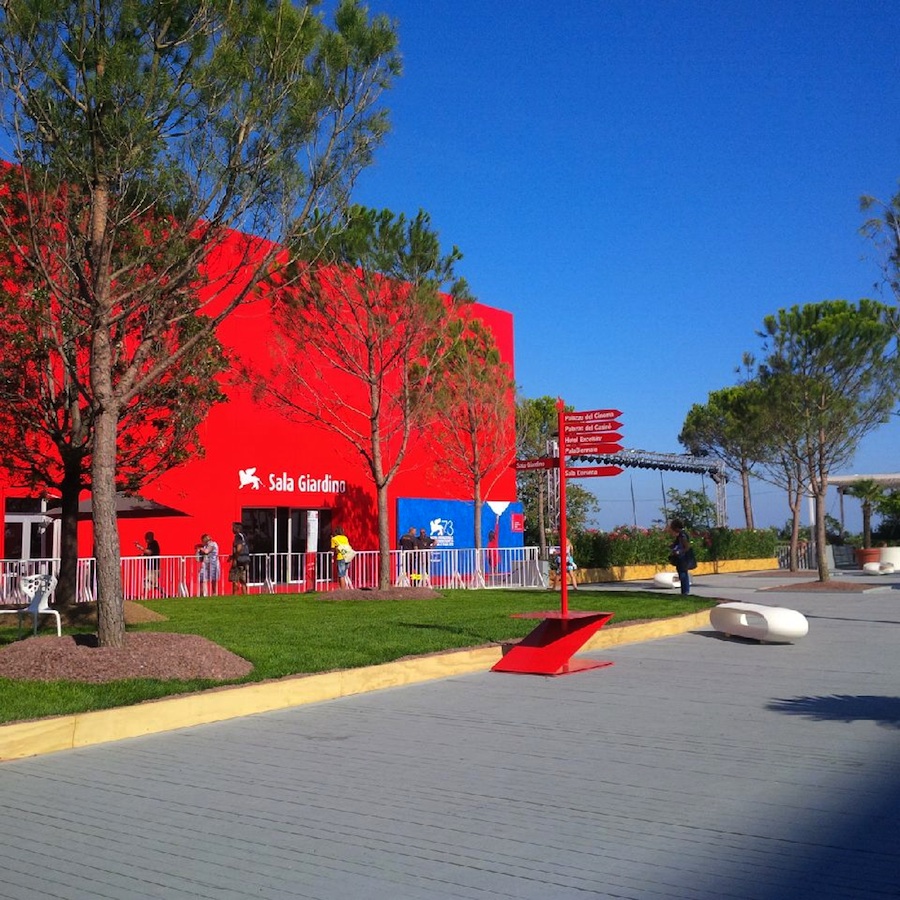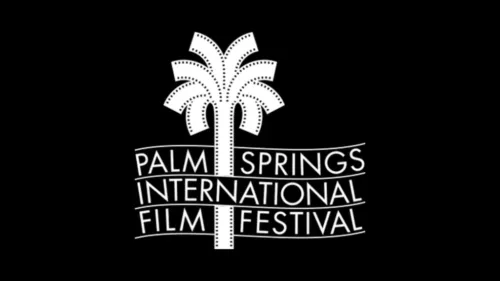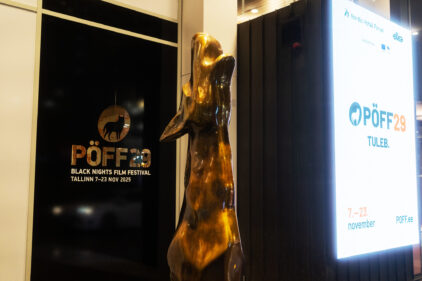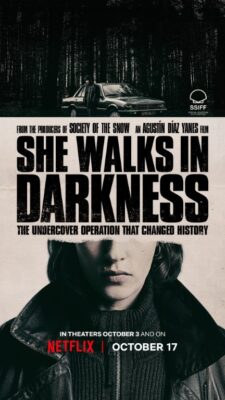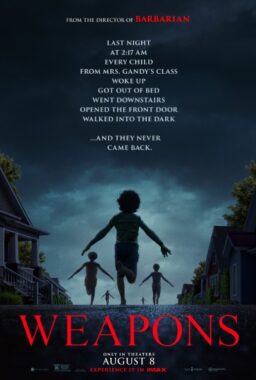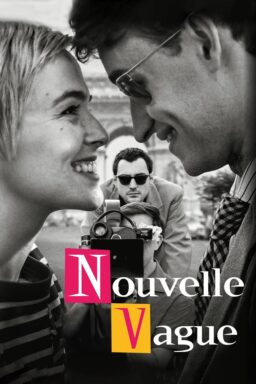Greetings from the sun-drenched, tree-lined Lido of Venice,
the beautiful site of the 73rd “Mostra Internazionale D’Arte
Cinematografica la Biennale di Venezia 2016,” or the Venice Film Festival to
you all. While Lido has some of the canals for which the individual small
islands of Venice are famous, it’s more a sand bar than the city proper, and
despite being the place where the public bathing beach originated back in the
1600s, it’s also the place in Venice where the most “ordinary” life happens.
Step a little outside of the complex that encompasses the festival and you come
upon modern playgrounds and coin Laundromats, the likes of which you’re not
going to stumble across in the labyrinth surrounding St. Mark’s Square. When
the sun goes down, the festival complex—guarded by steel grates and boxy
roadblocks and automatic-weapons-toting police—hosts a lot of outdoor
installations, giving certain spaces a kind of Midsummer Night’s Dream of
cinema feel. It’s very intoxicating.
I’m here to write about some of my discoveries for
RogerEbert.com, and I’m also serving my second year on the panel of the
Bienalle Collerge, a four-year-old project of the festival that’s designed to
introduce and encourage emerging filmmakers. If the Bienalle College was an
American reality show it would be called “Art Film Challenge.” The selected
filmmakers are awarded 150,000 Euros and they have to deliver their finished
film to the festival at that budget, with no other funding. Awardees are
selected from over 1,000 applicants. Anna Rose Holmer’s widely-praised “The
Fits” was one of the films in the group of three last year. This year we have
four films to contend with, and I will write about them after we’ve had our
critic’s panel on them next Monday. I will tell you a little bit about the
scene for the first of the four films I saw today, Alessandro Aronadio’s
“Orecchie” (“Ears”).
“Orecchie”
screened at the newest facility of the festival, the Sala Giardino, which was
built between last year and this. It’s essentially a big red box just north of
the Casino, the imposing 1938-built (think Fascist Architecture at it’s most
Duce-esque; stairwells the length on New York City blocks and so on). I got to
the 5:00 pm screening at about a quarter of the hour, remembering this time
last year when I got to a smaller venue 20 minutes early and was the first
person to get in, and wasn’t followed by a whole lot of other people.
Completely different scene this time. A long, snaky, and fidgety line starting
at the entrance to the red box, going off the pavement and down-and-up over
what looked like a newly-laid-with-sod grassy knoll, and ending near a snack
bar/plaza nearly a football field removed from the main entrance. I dutifully
got to the back of the line, did some mental calculations—the new facility
seats 446 souls—and concluded my chances didn’t look good. Soon a critical
colleague and fellow panelist joined me and was equally flummoxed. To make
matters potentially dicier, this colleague had heard tell of some seating
issues at the new facility. As in issues with the seats—them coming unbolted
from the floor for no good reason, some viewers getting a “sinking” feeling
after said unbolting, and so on. There was also a mystery: why were there so
many accredited attendees to see this movie. There’s interest in the Bienalle
College material, don’t get me wrong, but this was an imposing crowd. The line
was still barely moving at about five ten, and we were still on the grassy
knoll when word started coming down that the screening was packed, and no one
else was getting in.
We were rescued by a guardian angel—a festival person who
was dispatched to find us, grab us, and almost sneak us in to the screening.
More than one gatekeeper had to have it explained that we were seeing the film
in a particular official capacity. Once inside, we witnessed the filmmakers
introducing the picture to a wildly enthusiastic crowd that had as many, if not
more, public attendees—that is, actual ticket buyers—than press. “It can’t be
US,” I said to my colleague. On the other hand, Mr. Aronadio’s filmography is
not yet that deep. I hope to get to the bottom of this mystery by Monday if not
before.
To read the rest of Glenn Kenny’s coverage from the 2016 Venice Film Festival, click here.

